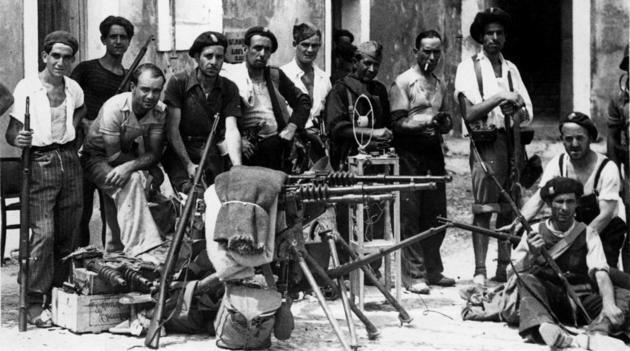Located in Central America, El Salvador is the only country in the region that does not have a coastline on the Caribbean Sea. Its territory is limited to Honduras (to the east), Guatemala (to the northwest) and the Pacific Ocean (to the south and east). The Mayan peoples inhabited the western part of the country, which was occupied by Spanish colonists. In 1821, Mexico came to dominate the territory. In 1823, El Salvador, Guatemala, Honduras, Nicaragua and Costa Rica formed the States of the Federation of the United Provinces of Central America. Only in 1856 did the country become an autonomous state.
The 1980s were marked by a civil war that left 75,000 dead, thousands of refugees, destabilizing the country's socioeconomic structure.
The national economy is based on the cultivation and export of coffee, sugarcane and shrimp. Products for internal consumption are: rice, corn, beans and oil seeds. The main industries operate in the food, beverage, petroleum, tobacco, textile, furniture and cement processing sectors.
El Salvador is a densely populated country (292 inhabitants/km²), its population is predominantly mestizo of Indians and Spaniards. Currently, almost half of the inhabitants live below the poverty line.
In its territory there are 25 extinct volcanoes. Due to the lack of environmental laws, only 5.7% of the original vegetation remains.
Do not stop now... There's more after the advertising ;)

Coat of Arms of El Salvador
El Salvador data:
Territorial extension: 21,041 km².
Location: Central America.
Capital: San Salvador.
Tropical weather.
Government: Presidential Republic.
Administrative division: 14 departments.
Spanish language.
Religion: Christianity, 97.6% (Catholics, 91.2%, others, 6.4%), no religion and atheism, 1.6%, others, 0.8%.
Population: 6,163,050 inhabitants. (Men: 2,908,008; Women: 3,255,042).
Ethnic Composition: Euramerindians, 94%, Amerindians, 5%, Iberian Europeans, 1%.
Demographic density: 292 inhabitants/km².
Average annual population growth rate: 0.44%.
Population residing in urban areas: 60.97%.
Population residing in rural areas: 39.03%.
Undernourished population: 10%.
Life expectancy at birth: 71.5 years.
Households with access to clean water: 84%.
Households with access to a health network: 86%.
Human Development Index (HDI): 0.659 (average).
Currency: US dollar and Salvadoran colon.
Gross Domestic Product (GDP): US$20,373 million.
GDP per capita: 2,971 US$.
External relations: World Bank, IMF, Rio Group, OAS, WTO, UN.
By Wagner de Cerqueira and Francisco
Graduated in Geography
Brazil School Team
countries - geography - Brazil School



